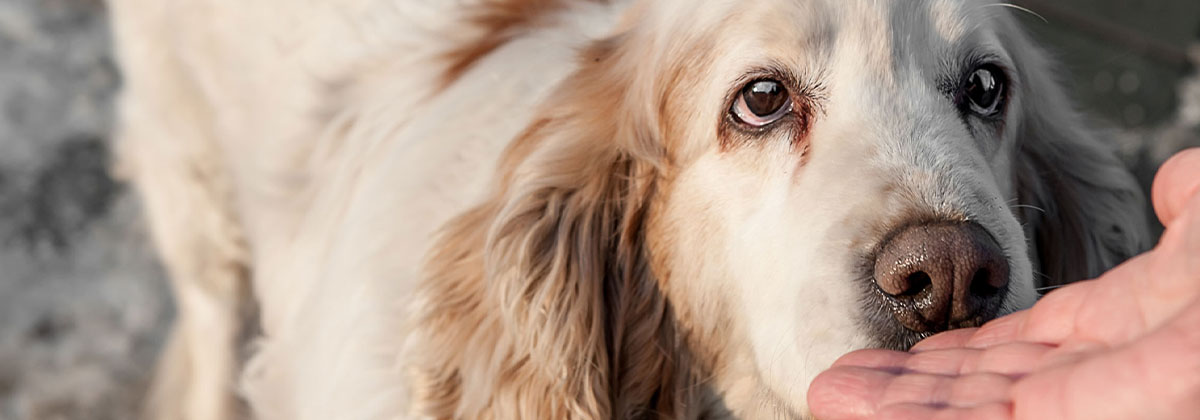24 Oct A Complete Guide to Dealing With a Newcomer Dog (Part 1)
Changing the dog owner and getting your puppy used to the new environment is one of the problems of the first night of keeping him. The points that we must follow in the first 30 days of accepting a dog as a new house member are crucial. The newcomer dog isn’t familiar with the new home and his surroundings so that he will be baffled at first. So you are the only one who can prepare the space for him to get used to the new environment. As a pet owner, you should talk to your family members. To relieve your dog and reduce his stress, coordinate your plans with each person in the house and ask them to work with you. So your dog can feel calm and safe in your home as soon as possible.
Before bringing a newcomer dog home
Identify the location of urine and feces.
Specify the area where the dog is going to spend most of his time. Because your dog is under a lot of stress due to a change in living environment (his boarding house or former owner), he may forget to urinate or defecate in a particular place (unless he has been trained before). Most home bathrooms and toilets are the best and easiest place to remember or learn it.
Having a safe place
The area where the newcomer dog will spend most of his time in the first few months should be very safe. It means securing loose power cables and sockets, insulating them with glue, and storing household chemicals on top shelves. Move plants, carpets and breakable objects out of the reach of dogs. Use a box to keep dogs, set boundaries for children, or teach them not to approach dogs in the early days.
Dog training
Dog training should start from the first moment you encounter your puppy. Beforehand, make a list of required words ( such as sit, catch, no, goodbye, etc.) to use when needed to command your dog. These phrases will be essential to avoid confusion and help the dog to learn commands faster. Find out how and in what tone you want to use these phrases for your dog.
Register a phone number to avoid getting lost
Many dogs run away in the early days because of the stress and discomfort of changing their environment. From the beginning, tie your phone number to a dog collar on a sticker or plaque for added safety and protection. This way, you can ensure that if the dog gets lost, someone who finds it can contact you. If your dog has a microchip, it will be much easier. The company will also record your contact information. Lost animals with microchips are much more likely to be found.
Early days of dog arrival
Introduce the dog to the house
Relocation is stressful, and newcomer dogs can feel it too! Before introducing him to your home and family who are strangers to dogs, give him time to get used to the new house. Make sure children know how to approach a dog without being attacked or stressed.
Change your dog’s diet.
Remember to get complete information about your dog’s diet and eating times right away. Because repeating the same program for at least a few days is best done to prevent stomach aches in dogs. If you want to change his diet, it’s better to do it for several weeks and not change his diet all at once. Do this by adding one new food part to the old three sections for a few days. Then increase this change to half of the fresh food until you completely replace the table of food you want.
Toilet training in the right place
As soon as you get home, immediately take your dog to the area where he should toilet and spend enough time training him. When he toilet at the place, it’s clear that he has identified the site. Put a newspaper soaked in urine in the same place. If your dog urinates or defecates after training elsewhere, don’t worry. It would help if you prepared yourself for such sudden events. Your dog has moved into a new home and encountered strangers, new types of smells and new sounds. Even well-trained dogs will experience stress and exhibit such behaviours. So prepare yourself and your family members well for these problems.




Sorry, the comment form is closed at this time.